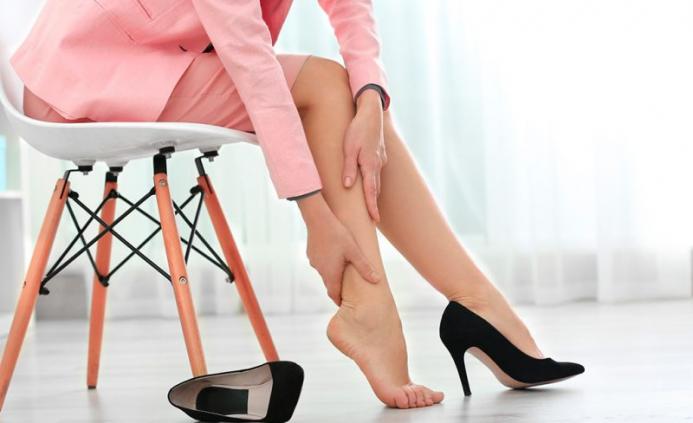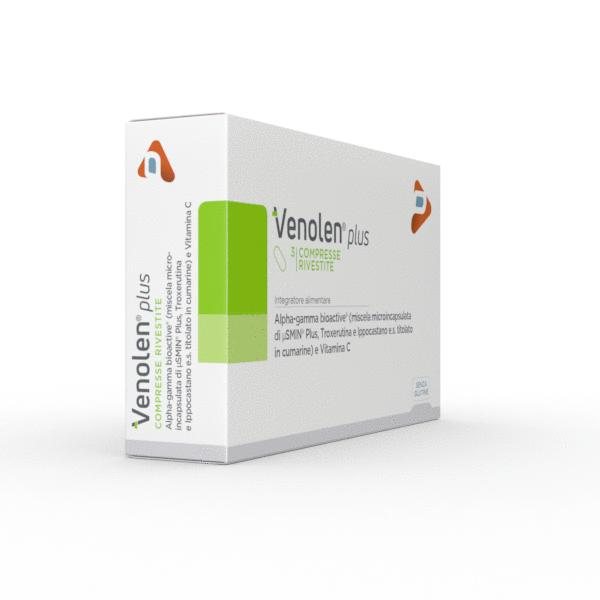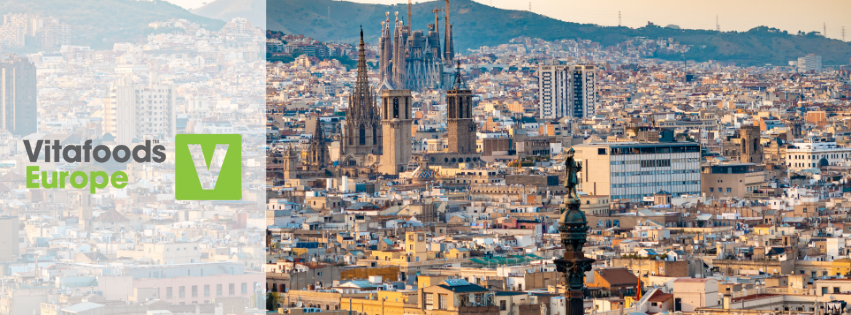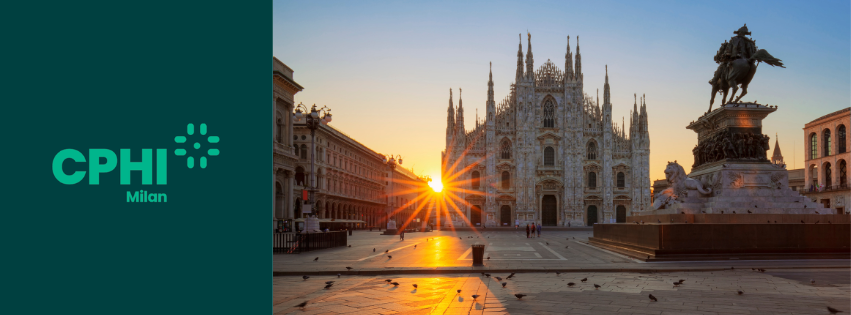With the sun and the sky finally blue, miniskirts and short shorts are the undisputed protagonists of outdoor walks. The games of looks start again, the feeling of joy and freedom brought by the beautiful season, the desire to please oneself and pleasure. But with the shortening of the edges, even the reflections of the mirror become more inquisitive. And with the increase in heat and humidity, circulation problems linked to venous insufficiency or capillary fragility increase, which favors the stagnation of blood and liquids. The result: swollen legs, feet, and ankles, feeling of heaviness, itching, and tingling. This is the chronic venous disease, a problem particularly felt by women, and especially towards the evening, after a tiring day or too many hours spent standing or sitting. They favor the dilation of the veins of the lower limbs the high temperatures and humidity of the summer, as well as the hormonal variations typical of the female body, especially during pregnancy.
Although the feeling of heaviness in the legs, accompanied by cramps or puffiness, may be an indication of an underlying pathological condition, in the great majority of cases it is due to the stasis of blood in the veins which can be favored by various factors, such as sedentariness, obesity or overweight , incorrect diet. The heat only widens the disturbance.
The first steps
In the case of the aforementioned symptoms, such as heavy legs, tingling, fatigue, painful cramps, swelling, itching and pain, the first step to do is always to consult the doctor, to exclude that there may be underlying diseases that require medical attention. Once this point has been resolved, and the problem is defined to be due to chronic venous disease, especially if in a mild to moderate form, it is good to know that you can alleviate the sense of heaviness and the slight tingling with some shrewdness and with a lifestyle healthier, with a balanced diet and movement, as well as an adequate integration of specific substances.
Chronic venous disease
Chronic venous disease (MVC) is a widespread pathological condition. The most common signs of MVC found by the doctor during the clinical examination are edema, telangiectasias, varicose veins, skin pigmentation, and hypodermis. The symptoms reported by the patients include, as anticipated, a sense of heaviness, pain, itching, muscle cramps and in more serious situations also claudication. Medical therapy in MVC involves prevention by correcting risk factors and, when necessary, pharmacological and compressive therapy.
The decalogue of perfect legs
The advice of Assosalute, the National Association of self-medication medicines, to deal with circulatory disorders due to venous insufficiency and capillary fragility with a smile, which tends to increase in parallel with temperatures:
1. Practice physical activity. Sport is essential for good blood circulation. It is important to practice physical activity two or three times a week, varying the type of training if possible. Sports that tone up leg muscles such as swimming (which improves circulation also thanks to the natural water massage), jogging, cycling, and trekking are particularly suitable. Better to give up the lift and avoid the car for short journeys, trying to walk at least 30 minutes each day at a good pace. Walking, in fact, favors the maintenance of a good venous return as it activates the muscular pump that pushes the blood towards the heart.
2. Lose extra pounds and eat healthily. Overweight people suffer more frequently from venous insufficiency as they are more prone to crashing blood vessels. It would be better to lose the extra pounds and more generally, adopt a balanced diet, an indispensable aid for the health of the veins. Therefore, more vegetables and fruit, especially the “red” one, naturally rich in capillary-protective substances (eg peppers and red fruits), few fats, more legumes and a right intake of cereals which, thanks to their richness in fiber, help the transit intestinal, fighting to swell. Limit the consumption of alcohol and pay attention to excess salt as the salt facilitates venous stagnation and promotes the increase in pressure, contributing to worsening the symptoms of venous insufficiency.
3. Change position often. If you are engaged in an activity that forces you to stay still for a long time, standing up the advice is to work your ankles by lifting on the tips, at least for two minutes every hour. If, on the other hand, you remain seated for a long time, you should lift your legs at least a quarter of an hour, three times a day, in addition to using a footrest plate. Another good rule is to avoid crossing your legs and getting used to taking two steps every time to reactivate circulation.
4. Rest with your legs raised. You should tilt the bed or lift the mattress so that the lower ends are raised by 15-20 centimeters. One way to easily get the right slope is to put a pillow under the mattress so that your feet are higher than the heart. In fact, lifting the legs facilitates the ascent of the blood to the heart and avoids the circulatory stasis.
5. Use high heels in moderation. It is important to maintain the natural curvature of the foot, avoiding walking barefoot but also showing off too high heels, which can compromise venous return. The ideal would be to wear a comfortable heel and a few centimeters.
6. Pay attention to clothing. Over-wrapping clothes hinder proper circulation. The same rule applies to footwear, which must not be uncomfortable and excessively constrict the foot. An aid can, instead, arrive from the compression using elastic stockings that help to restore the normal venous circulation. The external compression on the leg, in fact, counteracts the increase in pressure inside the veins and accelerates the flow of blood in the vessels as well as narrowing the dilated veins.
7. Stay hydrated. It is essential to take plenty of fluids during the day, even between meals, to “dilute” the blood and facilitate “rising” from the legs to the heart.
8. Take a fresh shower. Rather than taking a hot bath, a possible cause of vasodilation, which strains the vein walls, it is preferable to wash with warm running water to obtain an optimal toning action on the circulation.
9. Practice massages. Useful to reactivate the circulation of the legs in the case of heaviness and swelling, massages can give much relief, but only when they do not have an excessively warming action. To increase their benefit you could practice them associated with a jet of warm water.
10. Use self-medication. To alleviate the symptoms of swollen legs and combat fragile capillaries, self-medication can be useful.
Locally applied, in the form of creams or gels for immediate relief, or taken generally, in the form of powder or tablets, they offer the body capillaroprotective substances – based on diosmin, even in combination or flavonoid-based (as troxerutin ) or tripterpenic compounds (such as escin).
The therapeutic support
Both the Italian SICVE-SIF 2016 guidelines (Italian Society of Vascular and Endovascular Surgery and the Italian Society of Phlebology) and the Cochrane intervention review confirm that there is evidence of beneficial effects of phlebotomies (also called vasoactive or inotropic) on edema and on the signs and symptoms related to MVC.
It should be emphasized that venous inflammation is a promising therapeutic target, considering that the ultimate goal of drug therapy is to correct micro and macrovascular disorders and restore, as far as possible, some basic functions of microcirculation.
The MVC is always associated with malfunctions of the lymphatic system. The Italian guidelines on lymphedema report in this regard that for medical therapy of lymphedema it is useful to associate alpha-benzopyrones (coumarins) and gamma-benzopyrones (micronized diosmin and troxerutin).
The Venolen line
The Venolen line includes two products, the first, Venolen Plus, based on bioflavonoids and coumarins, for os use (in tablets). It contains diosmin and troxerutin (flavonoids of vegetable origin), the horse-chestnut extract, standardized and titrated in coumarins, which promotes the functionality of the microcirculation, and Vitamin C, which has an antioxidant action and supports the physiological formation of collagen for normal blood vessel function.
The second product of the line is a dermo-cosmetic, Venolen Idrogel, indicated for heavy legs and edema. It contains troxerutin, escin, and glycosaminoglycans. Escin is a triterpene glycoside, isolated from the seeds of the horse chestnut. Venolen Idrogel has a moisturizing and soothing effect, improving skin tropism and increasing tissue elasticity. Its particular formula gives freshness.




